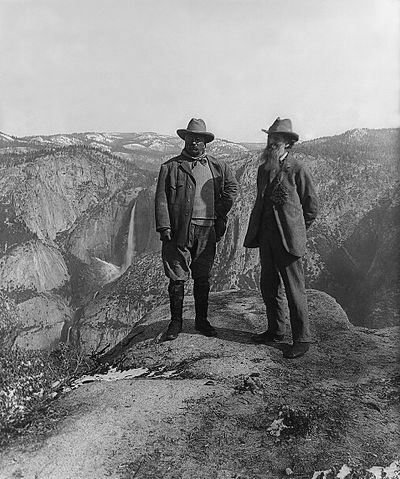Last updated: August 8, 2019
Article
American Antiquities Act of 1906: Overview

The Antiquities Act is the first law to establish that archeological sites on public lands are important public resources. It obligates federal agencies that manage the public lands to preserve for present and future generations the historic, scientific, commemorative, and cultural values of the archaeological and historic sites and structures on these lands. It also authorizes the President to protect landmarks, structures, and objects of historic or scientific interest by designating them as national monuments.
The act grew out of concerns that developed over the course of the last quarter of the 19th century for the preservation of America’s archeological sites and the artifacts and information that they contained. National and regional educators and scientists, including those involved in the developing profession of archeology, joined together in a movement to safeguard sites on public lands being endangered by haphazard digging and purposeful, commercial artifact looting.
After a generation-long effort, on June 8, 1906, President Theodore Roosevelt signed the Antiquities Act into law, thus establishing the first general legal protection of cultural and natural resources in the United States. The act set important precedents, including the assertion of a broad public interest in archeology on public lands, as well as support for the care and management of archeological sites, collections, and information. The act linked the protection of sites and their appropriate, scientific excavation with public programs to care for and provide public interpretation of artifact collections and information from the study of a site and its contents.
The Antiquities Act stands as an important achievement in the progress of conservation and preservation efforts in the United States. Its effects are still felt. The act created the basis for the federal government’s efforts to protect archeological sites from looting and vandalism. It provided a foundation of public policy from which more specific public attention to and preservation of historic places and structures, cultural landscapes, and other cultural resources developed during the course of the 20th century. Today, many different organizations cooperate in diverse partnerships, including governments at the Federal, state, tribal and local levels; professional and scholarly groups; and communities. In shaping public policy to protect a broad array of cultural and natural resources, the impact of the Antiquities Act is unmatched.
